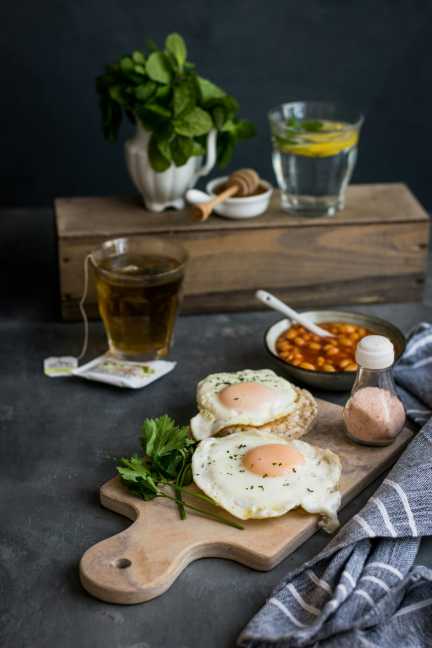There’s something truly special about homemade pasta. Whether it’s the time and effort put into hand-rolling each strand of spaghetti or the satisfaction of knowing exactly what ingredients are going into your dish, making pasta from scratch is a true labor of love. While it may seem daunting at first, with a little practice and patience, you too can master the art of making the perfect homemade pasta.
The first step in making homemade pasta is choosing the right ingredients. Traditional pasta is made with just flour, eggs, and a pinch of salt. While you can certainly experiment with different types of flours and add-ins like herbs or spices, it’s best to start simple until you get the hang of the basics. For a classic pasta dough, all you’ll need is 2 cups of flour, 3 eggs, and a teaspoon of salt.
To begin, mound the flour on a clean work surface and make a well in the center. Crack the eggs into the well and add the salt. Using a fork, gently whisk the eggs, gradually incorporating the flour until a dough starts to form. Once the dough is too stiff to mix with the fork, use your hands to knead it until smooth and elastic, about 8-10 minutes. Wrap the dough in plastic wrap and let it rest at room temperature for at least 30 minutes.
After the dough has rested, it’s time to roll it out into pasta shapes. You can do this by hand with a rolling pin, but for more uniform shapes, a pasta machine is highly recommended. Divide the dough into small pieces and flatten them into rectangular shapes. Set your pasta machine to the thickest setting and feed one piece of dough through, folding it in half and repeating the process several times until the dough is smooth. Gradually decrease the thickness setting on the machine and continue to feed the dough through until you reach your desired thickness.
Once the dough is rolled out, it’s time to shape your pasta. For traditional shapes like spaghetti or fettuccine, use the cutting attachment on your pasta machine or a sharp knife to cut the dough into thin strips. If you’re feeling adventurous, try making shapes like ravioli or tortellini by filling the dough with your favorite ingredients and sealing it with a fork or your fingers.
As you make your pasta shapes, be sure to dust them with flour or semolina to prevent sticking. You can cook your homemade pasta immediately in a pot of boiling, salted water for just a few minutes until al dente, or let it dry for a few hours before storing it in an airtight container for future use.
Of course, no homemade pasta dish is complete without a delicious sauce to accompany it. Whether you prefer a simple tomato sauce, a creamy alfredo, or a flavorful pesto, the possibilities are endless when it comes to dressing up your pasta. One of my personal favorite sauces is a classic aglio e olio, made with just garlic, olive oil, red pepper flakes, and a sprinkle of Parmesan cheese. The key to a good sauce is using high-quality ingredients and letting them shine on their own without overpowering the delicate flavor of the pasta.
The beauty of homemade pasta is that it allows you to truly savor and appreciate the simple pleasures of cooking. Taking the time to make pasta from scratch may seem like a lot of effort, but the end result is worth every minute spent in the kitchen. Plus, there’s something incredibly satisfying about sitting down to a plate of pasta that you made with your own two hands.
So the next time you’re craving a comforting bowl of pasta, why not try making it yourself? With a little practice and a lot of love, you too can master the art of making the perfect homemade pasta. And who knows, you may just discover a new passion for cooking along the way. Happy pasta-making!

